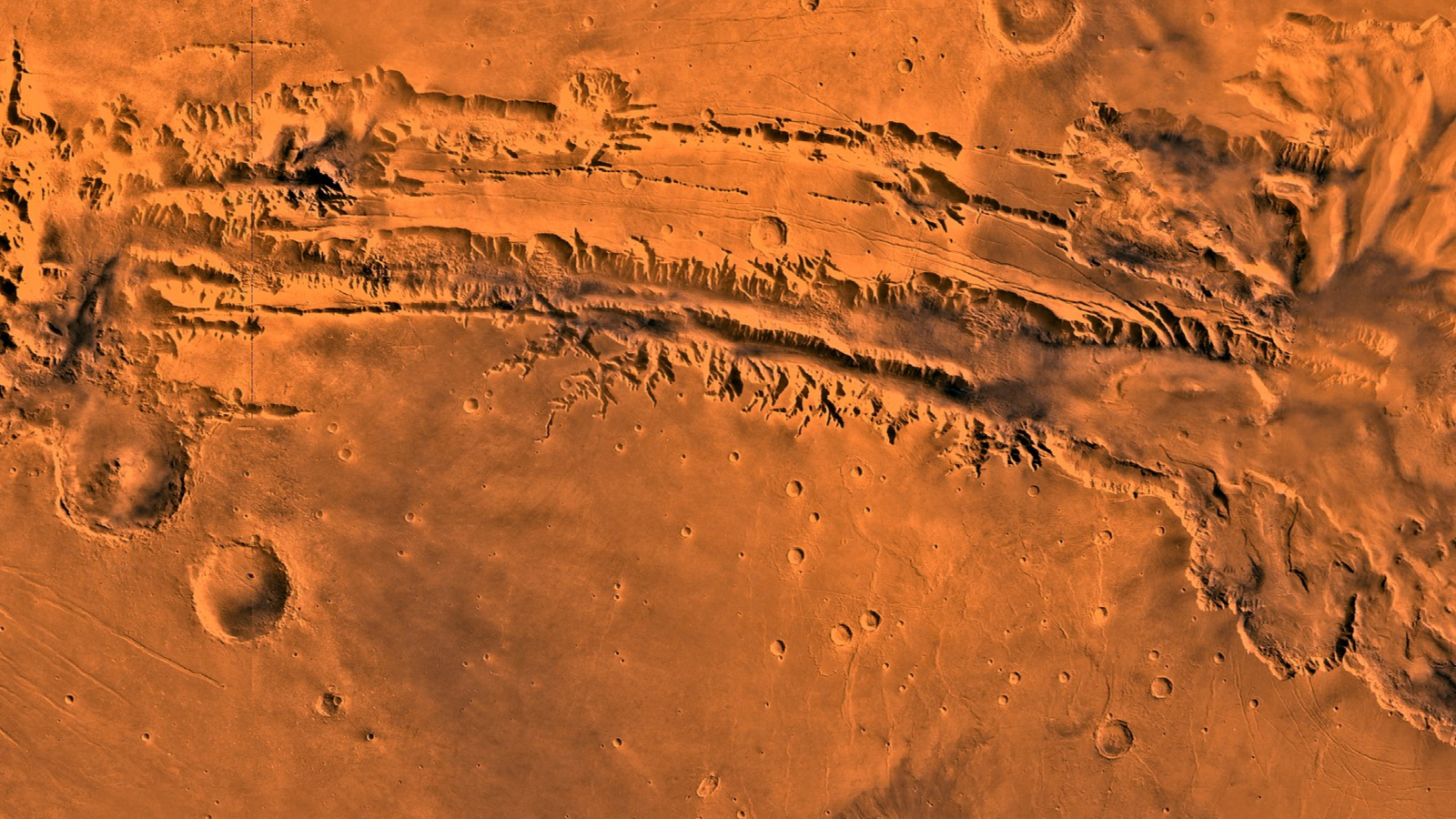
A Solar Sail in Space: See the Awesome Views from LightSail 2
The craft's square-shaped, aluminized Mylar sail shines in the sunlight.
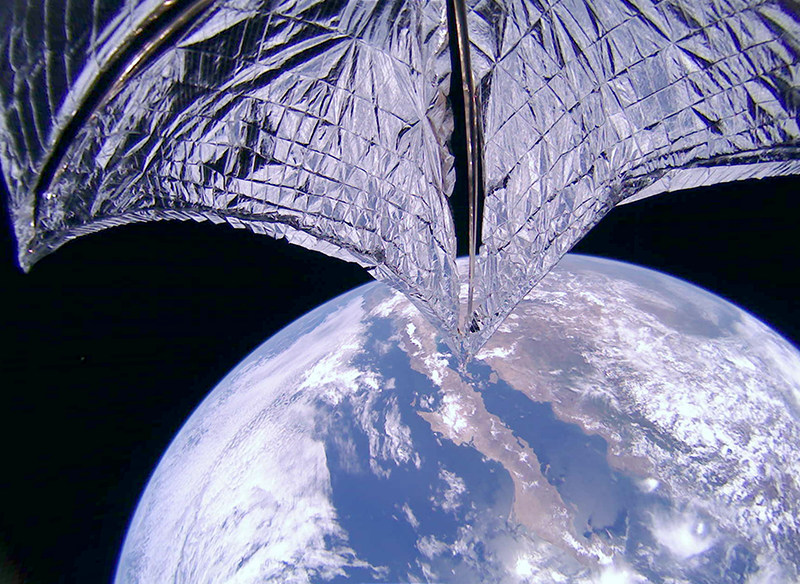
Tuesday (July 23), The Planetary Society's LightSail 2 spacecraft successfully deployed its solar sail and became the first craft ever propelled by sunlight alone.
The bread loaf-sized spacecraft, which was built with the support of crowdfunding efforts, launched to space aboard SpaceX's Falcon Heavy rocket on June 25, 2019. Flight controllers at Cal Poly San Luis Obispo in California began deploying the craft's solar sail Tuesday at 2:47 p.m. EDT (1847 GMT), and the sail was fully deployed by 2:50 p.m. EDT (1850 GMT).
Related: LightSail 2 Beams 1st Photos from Orbit!
When photons hit the square solar sail, which is made up of four triangular, aluminized Mylar sections, the pressure pushes the craft forward. With no propellant other than sunlight, LightSail 2 is now successfully orbiting Earth with the power of photons alone. While solar photons have no mass, they have momentum, and when they reflect off of the solar sail, some of their momentum is transferred to the craft. This creates a bit of thrust which (very gently and slightly) continuously pushes the craft forward.
SAIL DEPLOYMENT COMPLETE! We're sailing on SUNLIGHT!!!!! pic.twitter.com/PA74NMa7RyJuly 23, 2019
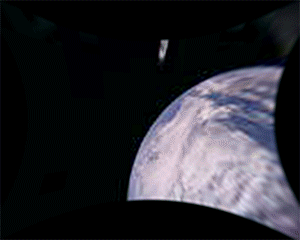
"Yesterday, we successfully set sail on beams of sunlight. Thanks to our team and our tens of thousands of supporters around the world, the dream started by The Planetary Society's founders more than four decades ago has taken flight," Bill Nye, CEO of The Planetary Society, said in a statement.
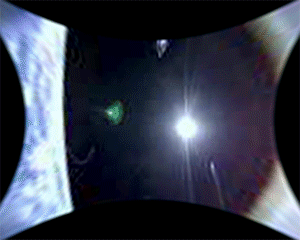
After the sail deployed, telemetry data from LightSail 2 showed that the craft's tiny motor was rotating correctly. Early data shows that the craft is already turning its sails to the sun so that, once per orbit, the sun will give the spacecraft an extra push.
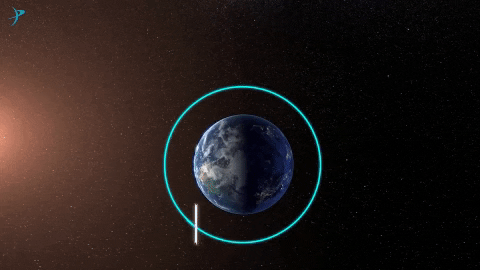
"The successful deployment of the solar sail and the onset of sail control completes our critical post-launch phase. Now, we are prepared for the solar sail's mission, to track how the orbit changes and evaluate solar sailing performance," LightSail 2 project manager David Spencer said in the statement.
Breaking space news, the latest updates on rocket launches, skywatching events and more!
Downloaded yesterday (July 24), images taken by the craft show the solar sail unfurling and the craft's spectacular view of planet Earth. LightSail 2 is equipped with two fisheye camera lenses, each of which can image more than half of the solar sail.
- What Is a Solar Sail?
- NASA's Parker Solar Probe Mission to the Sun Explained (Infographic)
- Incredible Tech: How Interstellar Light-Propelled Sailing Works (Infographic)
Follow Chelsea Gohd on Twitter @chelsea_gohd. Follow us on Twitter @Spacedotcom and on Facebook.
Join our Space Forums to keep talking space on the latest missions, night sky and more! And if you have a news tip, correction or comment, let us know at: community@space.com.

Chelsea “Foxanne” Gohd joined Space.com in 2018 and is now a Senior Writer, writing about everything from climate change to planetary science and human spaceflight in both articles and on-camera in videos. With a degree in Public Health and biological sciences, Chelsea has written and worked for institutions including the American Museum of Natural History, Scientific American, Discover Magazine Blog, Astronomy Magazine and Live Science. When not writing, editing or filming something space-y, Chelsea "Foxanne" Gohd is writing music and performing as Foxanne, even launching a song to space in 2021 with Inspiration4. You can follow her on Twitter @chelsea_gohd and @foxannemusic.
